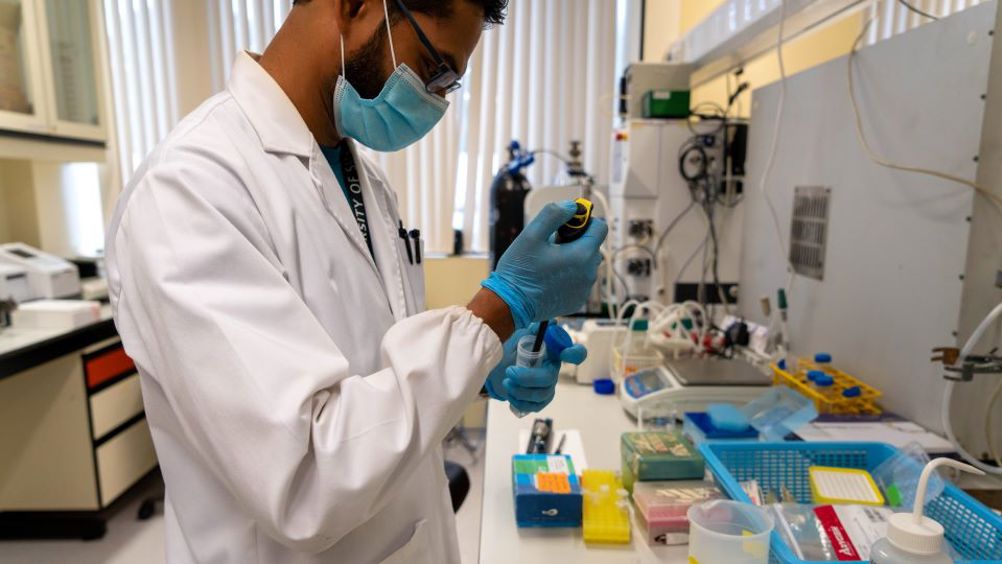When incorporated into a lipid membrane, the pores permit selective transport of water across the membrane while rejecting salt (ions). These protein-mimics, known as 'oligourea foldamers', represent an entirely new class of artificial water channels (AWC) that can be used to improve the energy-efficiency of current methods of industrial water purification.
In a paper published in the scientific journal Chem, a team of NUS scientists led by Professor Prakash Kumar described a breakthrough in the development of a simpler molecular component that can self-assemble to generate transmembrane channel-like structures with a pore. These structures mimic the functions of aquaporin, allowing only water molecules to cross the membrane while salts and other pollutants are rejected. The individual oligourea foldamers are also much smaller in size at just 10 amino acid-residues long – which makes them easier to modify, synthesise, and purify compared to aquaporin or other classes of AWC.
The foldamers developed by the NUS researchers were also demonstrated to be more robust compared to other AWCs.
Prof Kumar, who has a joint appointment with the NUS Environment Research Institute, said: “The discovery of this new class of artificial water channels is significant because the individual foldamer molecules do not contain any pores, unlike other AWCs where the pores are found within their larger molecular structure. In our novel design, the water-selective pores only emerge when the individual units self-assemble. The high-water permeability coupled with resistance to proteolytic degradation makes these foldamers excellent candidates for industrial water purification applications.”
In the initial phase, the team of scientists applied the foldamers to a test membrane to demonstrate the water purification capabilities of the self-assembling molecules. For the next phase of research, the team plans to optimise the production of the foldamers and apply them to a larger membrane, before trialling its efficiency in an industrial water purification facility.






